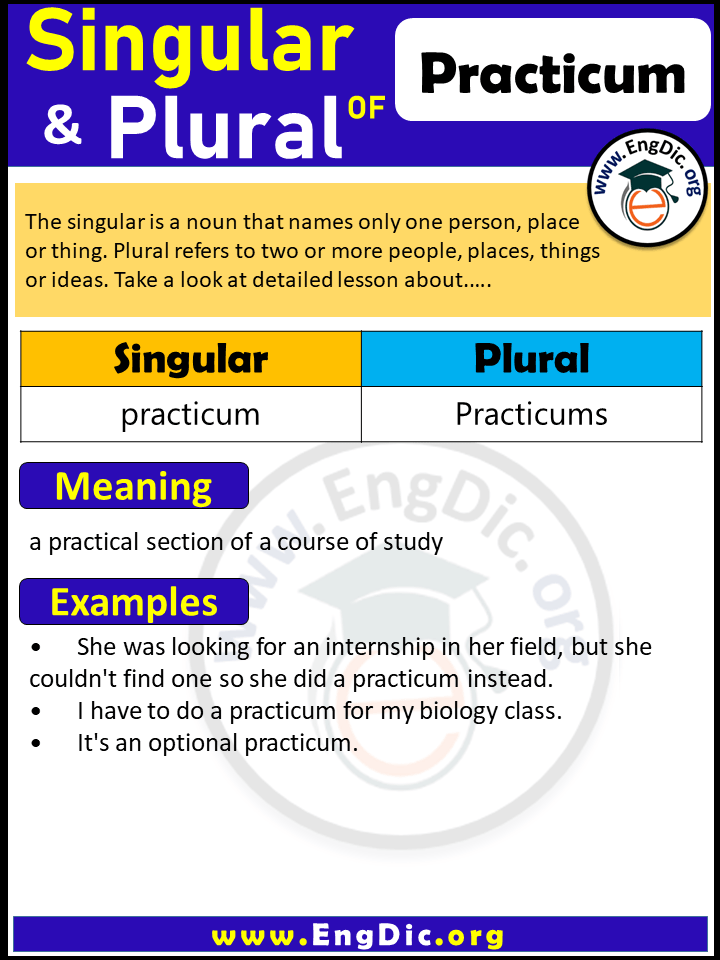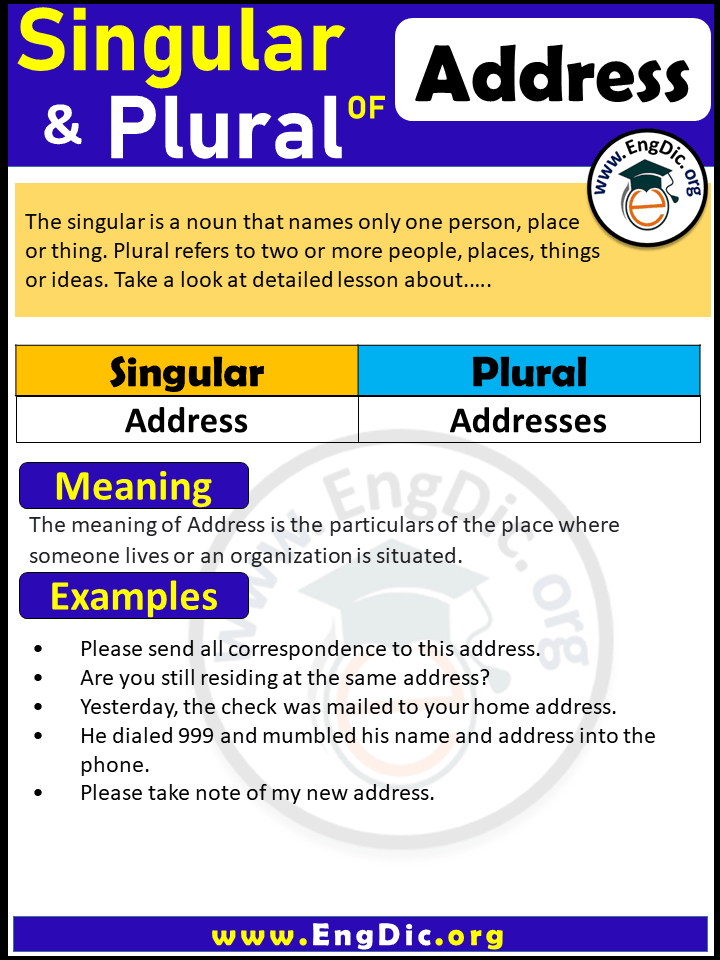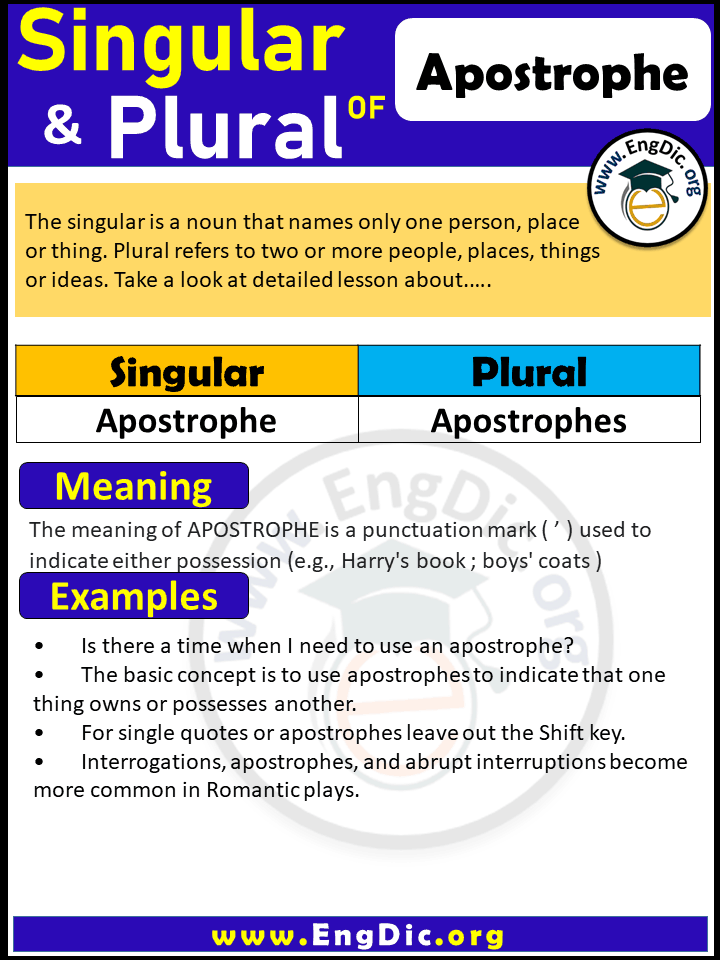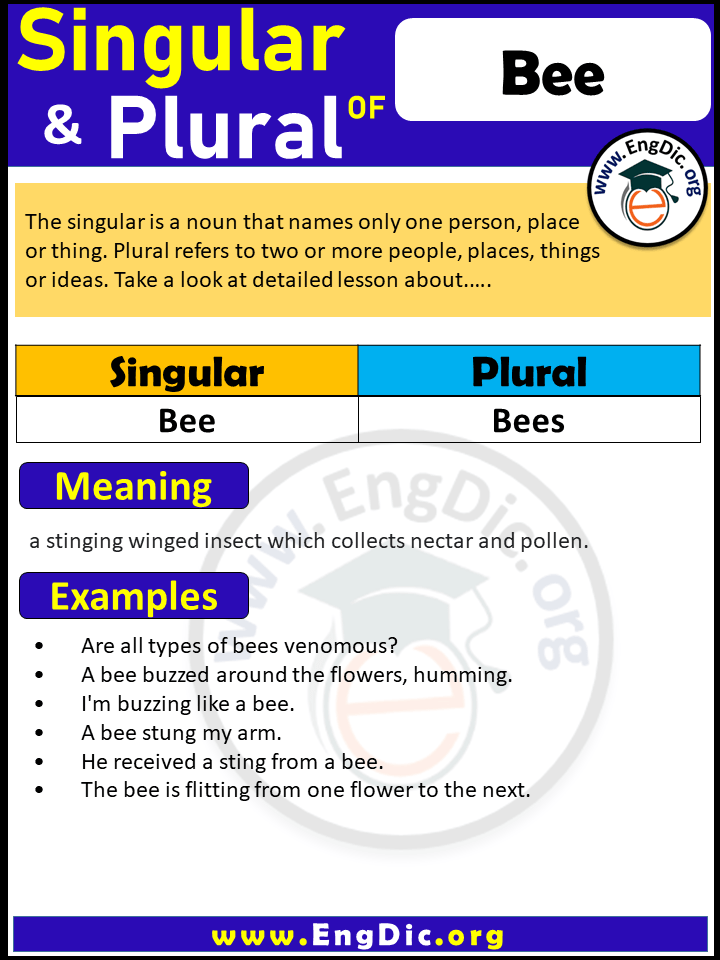Meaning: catalogue, menu, table
Singular and Plural of List
| Singular | Plural |
| list | lists |
List as a Singular Noun in Example Sentences:
- I wrote down the items on my shopping list.
- The teacher gave each student a task list.
- I checked off the completed items on my list.
- The list contained important dates and deadlines.
- I made a to-do list to stay organized.
- The list of ingredients for the recipe was extensive.
- The guest speaker followed the prepared list of topics.
- I consulted the list to find my assigned seat.
- The list of winners was announced at the end of the event.
- I added a new item to my bucket list.
List as a Plural Noun in Example Sentences:
- I wrote several different lists to stay organized.
- The teacher handed out task lists to the students.
- I consulted multiple lists to complete the project.
- The collection of lists helped me prioritize my tasks.
- The lists of attendees were checked at the entrance.
- I made separate shopping and to-do lists.
- The conference provided participants with information lists.
- I cross-referenced the different lists to avoid any errors.
- The stack of lists on my desk seemed never-ending.
- I compared the two lists to identify any discrepancies.
Singular Possessive of List
The singular possessive form of “List” is “List’s”.
Examples of Singular Possessive Form of List:
- I checked the list’s items one by one.
- The list’s order was carefully organized.
- The list’s instructions were clear and concise.
- The completion of the list’s tasks brought a sense of accomplishment.
- I referred to the list’s priorities for guidance.
- The list’s format made it easy to follow.
- The list’s importance should not be underestimated.
- The list’s content covered a wide range of topics.
- The list’s purpose was to provide clarity and structure.
- I crossed off the items on the list’s checklist.
Plural Possessive of List
The plural possessive form of “List” is “Lists'”.
Examples of Plural Possessive Form of List:
- The lists’ information was comprehensive and up-to-date.
- We compared the data from different lists’ sources.
- The lists’ organization facilitated efficient decision-making.
- The collaboration resulted in the lists’ improvement.
- The researchers analyzed the data from the multiple lists’.
- The lists’ content reflected a wide range of perspectives.
- We discussed the implications of the lists’ findings.
- The lists’ recommendations provided valuable insights.
- The lists’ impact on the project’s success was evident.
- I accessed the different lists’ data for further analysis.






